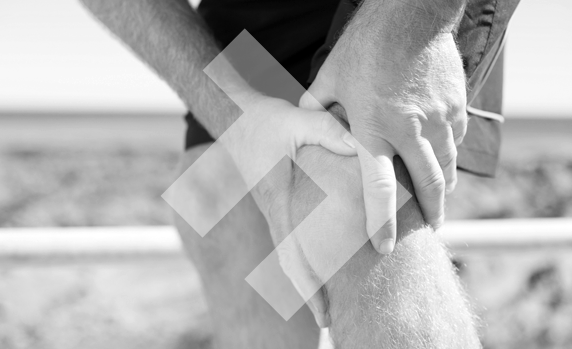Thanks to incredible developments in the world of medical diagnostics, it is now far quicker and easier to identify and treat problems such as sports and other injuries.
Scans such as X-rays are still very useful, but it is MRI scans that are able to produce the detailed imagery that orthopaedic doctors need to accurately diagnose those tricky fractures, tears, hairline cracks and broken bones. MRI scans have made sports injury diagnosis much quicker, which means that athletes and fitness enthusiasts are able to limit any disruption to their training regimes.
Types of injuries MRI scans can help with
The following are examples of injuries which were very difficult to identify and diagnose before MRI scans became so widely used:
- Knee injuries. Tears in both the anterior cruciate ligament (ACL) and posterior cruciate ligament (PCL) are very common types of knee injury, but they can be difficult to diagnose. Pain and swelling can make physical examination hard to carry out, and X-rays can often pick up signs that suggest ACL tears but that turn out to be something different. MRI scans, meanwhile, are highly sensitive to these kinds of injuries
- Stress fractures. X-rays are not always able to show stress fractures, especially early on in the course of the injury, while MRI scans produce images detailed enough to pick up a small fracture line or edema fluid within the bone
- Articular cartilage. Damage to the articular cartilage, another knee injury, can be easily diagnosed with an MRI scan, particularly when contrast fluid is injected to improve the visualisation of the cartilage and the injured area
- Damage from knee dislocation. A dislocated patella is easy to spot, but more difficult to diagnose is the damage the act of dislocation can cause. An MRI scan can detect damage to articular cartilage or ligaments which can occur after the dislocation
- Tendon injuries. Many injuries to the tendons, which attach the muscles to the bones, are easy to diagnose without a scan. However, some are very subtle and only the detailed images from an MRI scan can help the doctor ensure they have an accurate diagnosis of the problem
Going straight to an MRI scan, rather than undergoing several other scans and diagnostic tests first, can drastically speed up diagnosis time. However, as MRI scans can be expensive for the public health service, doctors don’t always recommend them if there are cheaper methods they can try first. This is why many patients choose to go private, as they can take back control of their treatment and demand the most efficient diagnostic procedure first.
![]()
 Instagram
Instagram Pinterest
Pinterest Facebook
Facebook Twitter
Twitter YouTube
YouTube




 Paul
Paul 



